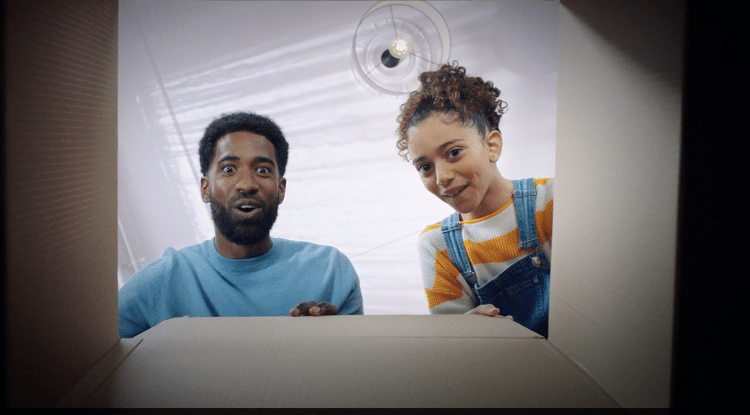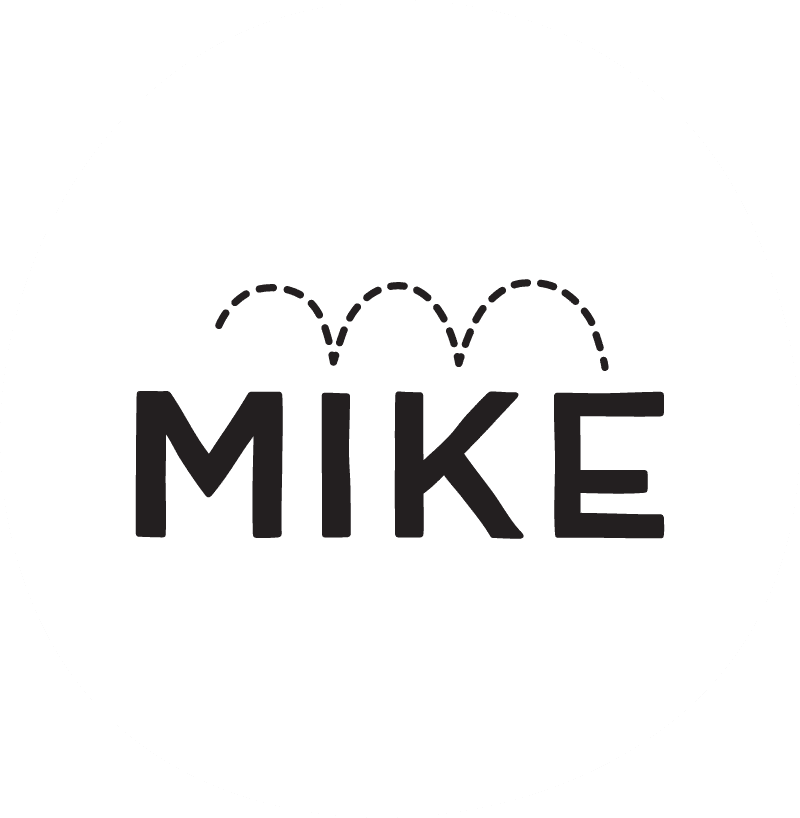
In-housing within businesses and brands is on the rise, and it’s clear to see why. With internal teams able to gain a depth of knowledge that external parties can only dream of, there’s a huge opportunity to deliver authentic creative marketing campaigns from within. While the remit of these in-house teams can vary, the common theme they all share is the ability to transform that depth of knowledge into ambitious creative work, ranging from the socially conscious to the utterly fun.
Recently, an in-house campaign found its way into the mainstream media to become a huge talking point. Norwich City F.C. released a spot which has been viewed over 40 million times, tackling the topic of mental health and supporting the Samaritans charity as it encouraged football fans to talk about their state of mind. Reaching a massive audience, the campaign sparked an important conversation while reflecting the football club’s values; something that every in-house agency aims to achieve.
Let’s delve a little deeper into the benefits of focusing efforts on creativity while keeping KPIs in mind along the way.
1. IN-HOUSE TEAMS CAN BE STRATEGIC PARTNERS, NOT JUST SERVICE PROVIDERS
When building an internal creative team, a key part of the process is to figure out exactly where in the operational funnel they sit. Every business has a broad spectrum of content objectives and multiple touchpoints of the customer journey to consider, so it’s important to know what you want out of the process.
In-house teams have the potential to deliver efficiencies (both from a time and cost perspective), often focused on performance campaigns or the production of fast turnaround, high-volume output. However – there’s a real opportunity for brands to see their teams as strategic partners rather than purely service providers. Building a team that can translate deep business understanding into creative problem-solving opportunities can really propel a brand forward.
Another thing to consider is exactly how you want your team to operate. A decoupled production approach, which sees the internal team focus on ideation while production efforts are outsourced to experts, suits many teams. Brands such as DoorDash, Gymshark, Lego and Experian have used this approach, allowing them to scale up and execute effortlessly while retaining creative ownership.
"Building a team that can translate deep business understanding into creative problem-solving opportunities can really propel a brand forward."
2. DATA PLUS IMAGINATION IS WHERE MAGIC CAN BE FOUND
Working in-house affords creative teams a wealth of information, with data and insights galore. But knowing how to use this to your advantage is where things can get tricky. With all of that brand-side knowledge, it can be tempting to lead with the facts rather than lean too hard on creativity, but a happy medium is where the magic lies. Foster a creative environment while keeping simplicity in mind; the idea is not to overcomplicate the process.
Creative teams should feel empowered to embrace creative trains of thought and take a leap of faith into unknown alleys to arrive at content that connects with audiences in the most meaningful ways. So, asking whether a creative- or data-led approach is best can be a bit of a trick question – the key is to utilise that incredible knowledge to produce something that pushes the imagination boat out further than you thought possible.
3. IN-HOUSE TEAMS ARE BEST PLACED TO CONSTRUCTIVELY INTERROGATE A BRIEF
Depending on organisational structure, an in-house team’s stakeholders can vary significantly. While some teams liaise solely with their marketing colleagues, others will find that briefs can come in from anywhere in the business. Ideas can run wild, and a clear vision is imperative to delivering a brief that resonates.
The value of an in-house team who lives and breathes the brand is their ability to really understand and interrogate the brief at hand. It’s important to ask: What are the business challenges to overcome? Who are the target audiences? How can vision and values be effectively communicated?
Once the brief is honed, it’s time for creatives to take the lead and transform words on a page into highly engaging, authentic storytelling opportunities that will capture an audience’s attention.
Keeping these points in mind, briefs should be specific, with best practices applied throughout the process. When working with external partners, a clear creative workflow that gets everyone on the same page helps to garner effective results. It’s up to the in-house team to showcase to stakeholders the value of investing in the work created, as well as how each brief can address specific business needs and KPIs.
"While some teams liaise solely with their marketing colleagues, others will find that briefs can come in from anywhere in the business"
4. PRIORITIZE AND CHAMPION CREATIVITY FROM WITHIN
From teams starting out on the in-housing journey to long-established veterans, we believe that creativity should sit at the heart of all efforts. As we celebrate in-house teams increasingly receive praise and recognition for their efforts, we see the value of prioritising & championing creativity from their unique position of being embedded within the business.
We applaud the groundbreaking work being delivered from within and believe that, while there are almost always some bumps in the road, the destination is always worth the ride.
